Breathing through the nose during sleep sounds trivial, yet it often makes the difference between waking refreshed and waking parched with a sore throat. A growing number of people are turning to taping solutions to keep the lips together during the night. Two options dominate the conversation: a ring-shaped tape that sits around the lips and encourages a gentle lip seal, and classic strips that cover the mouth to stop it opening. They may aim for the same result, yet they are not the same tool.
Learning how they differ helps you choose with confidence.
What each product is, at a glance
- Lip training tape, often sold under brand names that form a ring around the mouth, is designed to support the lips coming together without fully sealing the centre. It relies on tension around the perioral muscles, guiding the mouth into a closed position while still allowing you to open if needed.
- Mouth strips are straight or X-shaped adhesive pieces that go over the lips. Some seal everything. Others include a small vent in the centre to let air pass. The seal is usually firmer than with ring-style tape.
Both aim to encourage nasal breathing during sleep. The way they do it, and how that feels on your face, differs a lot.
Why nasal breathing matters at night
Nasal breathing warms, humidifies and filters air. It supports nitric oxide production in the nasal passages, which helps with vascular tone and may benefit gas exchange. It can steady the breathing rhythm during sleep and reduce mouth dryness.
When the mouth hangs open, the tongue can fall back more easily, saliva dries out, and snoring often gets louder. Many people find that encouraging a closed mouth reduces these problems.
Evidence exists, although it is not huge. Small trials and case series suggest benefits for snoring and dry mouth when mouth breathing is reduced. The data for obstructive sleep apnoea is mixed and highly individual. Anyone with diagnosed sleep apnoea should not tape unless their clinician agrees and the therapy plan accounts for it.
The big design difference
The core distinction is the degree of seal and the safety valve it creates.
- Ring-style lip tape encourages a closed mouth without fully blocking a sudden breath through the lips. If you sneeze, cough, feel sick or panic, you can still open your mouth.
- Over-lip strips usually create a stronger seal. Some include a central vent or a quick-release tab, but the feeling is still more binary: closed or open.
This design choice drives most of the practical pros and cons.
Feature comparison
Here is a side by side view to help focus attention on what matters to you.
| Feature | Ring-style lip tape around the mouth | Over-lip mouth strips |
|---|---|---|
| Primary action | Encourages lip seal, non-occlusive centre | Occlusive or near-occlusive seal over lips |
| Safety release | Easy to open mouth with effort | Depends on vent or removal tab |
| Talking, sipping water | Possible without removing | Usually not, removal often needed |
| Anxiety or claustrophobia | Often better tolerated | Can feel restrictive |
| Facial hair compatibility | Better, since edges avoid central hair | Often worse, adhesion disrupted by moustaches or stubble |
| Skin sensitivity | Larger adhesive footprint can irritate if skin is reactive | Smaller area, though removal can still irritate |
| Snoring reduction from mouth breathing | Good for many mouth breathers | Very strong if mouth opening is the main driver |
| Training effect | Encourages habit formation for daytime mouth posture | Strong night-time compliance, less training effect in the day |
| Suitability with nasal congestion | Poor choice until nasal airway is clear | Not suitable unless vented and airway is clear |
| Ease of speaking to a partner | Simple, lips can part | Not simple |
| Learning curve | Mild, more forgiving | Moderate, needs confidence with occlusion |
| Removal in the night | Often not necessary | More common if anxiety or blockage occurs |
| Cost per night | Similar across brands | Similar across brands |
| Reuse | Single use | Single use |
Comfort and habit formation
Comfort drives adherence. If a product feels invasive, it will not stay on for long.
The ring format tends to feel like a gentle reminder. It nudges your lips together, and after a week or two many people start keeping their lips closed without thinking. You can also wear it for short daytime periods while reading or working to reinforce nasal breathing. This builds the habit away from sleep, which can translate to calmer nights.
Mouth strips deliver a decisive seal. If your main issue is a mouth that pops open halfway through the night, this can be very effective. Some people love the certainty. Others dislike the feeling, especially during the first few uses.
Small details matter. A soft, hypoallergenic adhesive, rounded corners and a pull tab help. If a brand offers different sizes, pick the smallest that does the job rather than the largest patch available.
Safety and who should avoid taping
Breathing must never feel restricted. If your nose is blocked or your breathing feels tight, do not tape.
Avoid taping, or get medical advice first, if any of the following apply:
- Diagnosed obstructive sleep apnoea that is not well controlled
- Nasal blockage that you cannot clear, frequent nosebleeds, or structural issues that severely limit nasal flow
- Significant cardiopulmonary disease
- Nausea, reflux flares or a risk of vomiting overnight
- Heavy alcohol, sedatives or sleeping tablets that reduce arousal
- Active skin conditions around the mouth, broken skin, or adhesive allergy
- Children, unless a healthcare professional has recommended and supervised it
If you use CPAP and wake with dry mouth, taping may help reduce leaks, yet only do this with your clinician’s agreement. A chin strap or mask adjustment may be safer.
Adhesive, skin and facial hair
A good result depends on a clean, calm canvas.
- Wash and dry the area well. Avoid oils or heavy creams near the mouth at night.
- If you have a moustache or stubble, ring-style tape often adheres better because it sits outside the hairline. Over-lip strips can lift on hair.
- Sensitive skin benefits from low-tack, medical grade adhesive. Patch test on the forearm for a few hours before first use.
- Removal technique matters. Warm water softens adhesive. Support the skin with one hand while peeling slowly with the other. Some users apply a thin layer of barrier balm to the outer lip line, avoiding the central area where grip is needed.
A small number of people react to acrylic adhesives. If you get redness that lasts longer than a few hours, stop and try a different product or speak with a clinician.
How they affect snoring and mouth dryness
Mouth-open snoring is loud and fluttery. Keeping the lips together increase nasal flow, supports a forward tongue posture, and often settles soft tissue vibration. Many report less wakeful dryness of the mouth and throat.
Vented mouth strips can be a helpful compromise for those nervous about occlusion. The vent allows a little flow, so the mouth is not fully sealed, yet it still cues the lips together.
Someone with tongue-base snoring or nose-origin snoring will not always improve with taping alone. Nasal strips, nasal dilators, saline rinses or allergy management may be the missing pieces. If snoring remains severe, a proper sleep assessment is sensible.
Cost, availability and value
Both formats are usually sold as single-use adhesives in packs that last a month or two. Prices vary by brand, though the real cost is whether the product meets your needs. If your problem is frequent mouth opening, a stronger seal may bring faster relief. If your goal is habit building and comfort, a ring format often shines.
A practical approach is to try each format for a week. Keep notes on sleep quality, snoring feedback from a partner, mouth dryness and how many times you removed the tape. The format that you forget about by night three usually wins.
Practical set-up and first week plan
Start when your nose is clear and your evening is calm.
- Prepare your nose
- Rinse with saline if you feel stuffy.
- Use any prescribed nasal sprays earlier in the evening.
- Consider a gentle nasal dilator if your nostrils tend to collapse during inhalation.
- Prepare your skin
- Wash and dry your face.
- Do not apply lip balm where the adhesive needs to grip.
- If you have facial hair, trim just enough at the outer lip line to improve adhesion, or choose a ring format that avoids the hair.
- Test during the day
- Wear the tape for 10 to 20 minutes while watching TV or reading.
- Practise a calm diaphragmatic breath through the nose. If you feel the urge to mouth breathe, try a slower inhale, lift the tongue to the palate, and relax the jaw.
- Speak a sentence or two if you are using ring-style tape. Get used to its give.
- First night
- Place the tape just before lights out.
- Keep a small pair of blunt scissors or a glass of water by the bed to steady the mind, even if you never use them.
- If you wake anxious, remove the tape without guilt and try again the next night.
- Review after 7 nights
- Rate dryness of mouth on waking from 0 to 10.
- Ask a bed partner to rate snoring volume over the week.
- Note any skin irritation and adjust product or technique.
Which one fits which person
Every face and airway is different. A few patterns help.
Choose ring-style lip tape if:
- You dislike the feeling of being sealed shut
- You want to train a daytime closed-mouth posture
- You wear a moustache or have sensitive skin right on the lips
- You need to be able to speak briefly without removal
- You want a built-in safety release in case of cough or sneezing
Choose over-lip strips if:
- Your mouth pops open despite trying gentler options
- You want a firm, decisive cue to stop lip separation
- You do not have facial hair where the strip needs to stick
- You are comfortable with the feeling of occlusion, or the strip has a vent that reassures you
If undecided, try a vented over-lip strip first, then move to a firmer seal if needed, or drop back to a ring format for comfort.
Fine points that influence success
- Lip posture: Place the tongue gently on the palate behind the front teeth. This helps the jaw sit forward and reduces the urge to mouth breathe.
- Jaw support: A soft cervical pillow can keep the jaw from falling back. Chin straps help some people, although they can be uncomfortable.
- Sleep position: Side sleeping generally reduces snoring compared with supine sleeping.
- Hydration and alcohol: Dry mucosa and reduced muscle tone increase snoring. Drink water during the day and keep evening alcohol low.
- Allergies: Regular management of rhinitis often pays bigger dividends than any tape.
Addressing common concerns
What if my nose blocks mid sleep?
- Remove the tape. Address the cause the next day. Saline rinsing before bed and reducing allergens in the bedroom can help.
Will I feel trapped?
- Many who worry about this do better with ring-style tape. A short daytime practice builds confidence.
Is it safe with CPAP?
- It can reduce oral leaks for some. Only do this with guidance from your sleep clinician to avoid risks.
Will it damage my skin?
- Low-tack adhesives, careful removal and skin prep reduce problems. Rotate placement slightly each night to give the skin a break.
Can I use it when I have a cold?
- Best avoided until you can breathe clearly through your nose.
Realistic expectations
These products do one thing well: they encourage your lips to stay together. They cannot fix a blocked nose or reposition a jaw. Improvements in snoring or sleep quality depend on the root cause.
Some people notice benefits on night one, others after a week or two. A small group will not see much change. That is useful information too, pointing you toward nasal care, oral appliances or a sleep study.
Testing protocol for self-evaluation
Set up a simple, two week experiment.
-
Week 1: Try ring-style tape. Keep a nightly log of:
- Time to fall asleep
- Waking events
- Mouth dryness rating on waking
- Partner’s snoring score from 0 to 10
- Any skin reaction
-
Week 2: Try over-lip strips, ideally a vented design first. Keep the same log.
At the end, review your notes. Pick the option with the best blend of comfort and results. If both help, keep the one you barely notice on your face.
When to seek further help
- Loud snoring that persists through doors
- Witnessed apnoeas, choking or gasping at night
- Morning headaches, excessive daytime sleepiness or poor concentration
- High blood pressure combined with snoring
These signs suggest a proper sleep evaluation rather than DIY solutions alone. Taping is not a substitute for medical assessment when symptoms point to sleep disordered breathing.
Quick start checklist
- My nose is clear tonight
- I have the format that suits my comfort level
- My skin is clean and dry
- I have practised a few minutes during the day
- I can remove the tape quickly without stress
- I will review my notes after one week
A calm routine and a product that fits your preferences are what turn a small piece of tape into a reliable sleep aid.











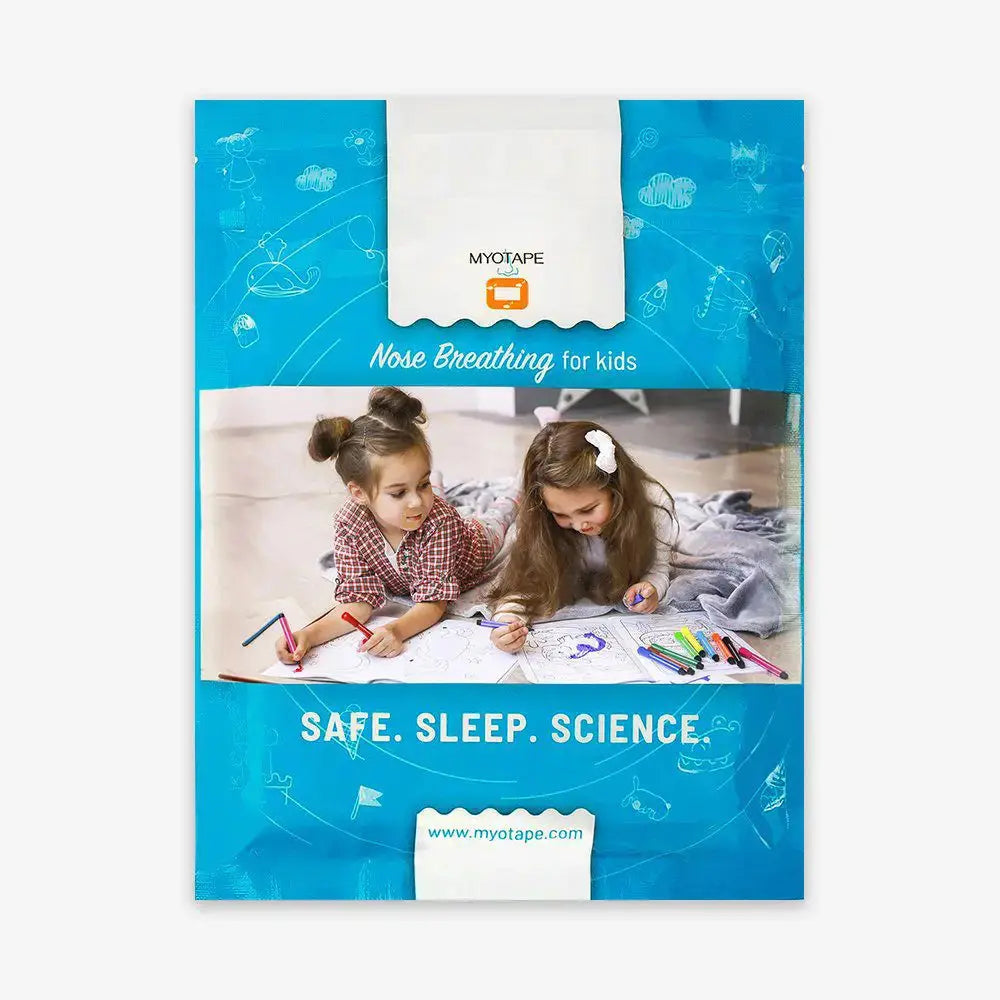
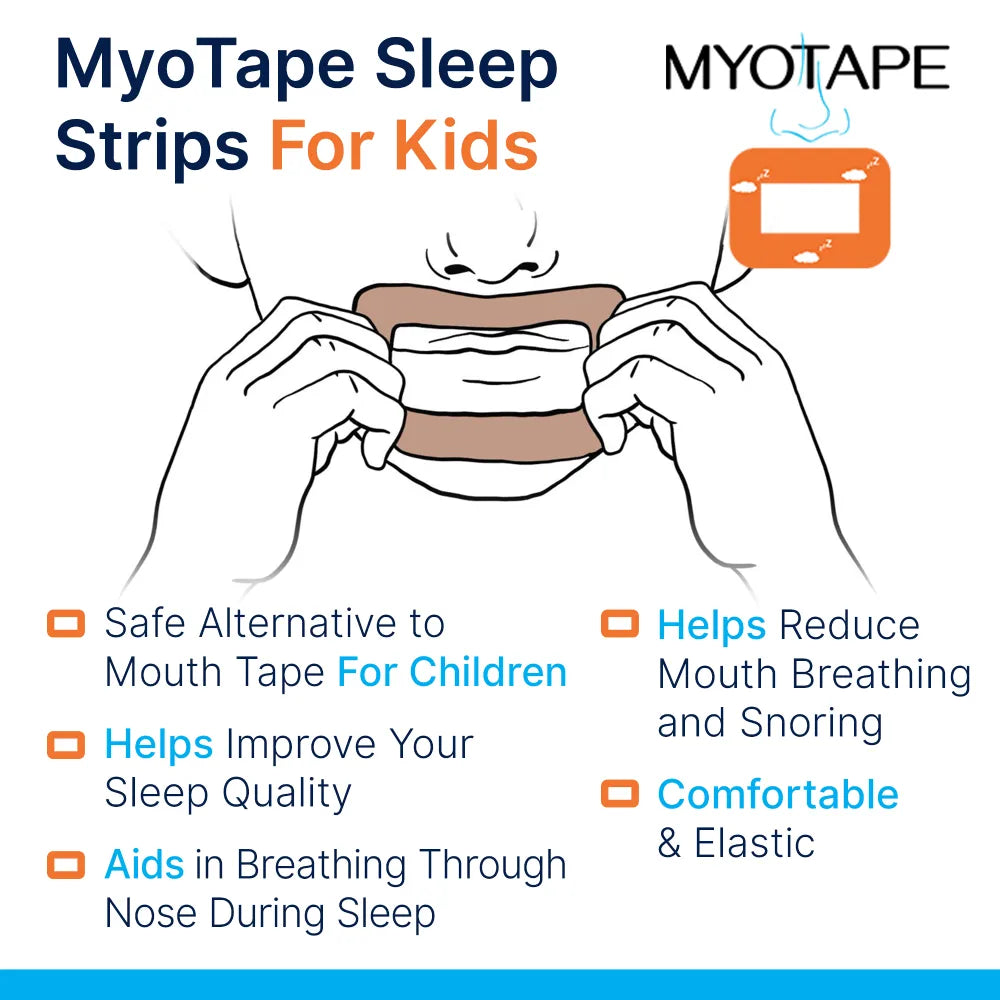
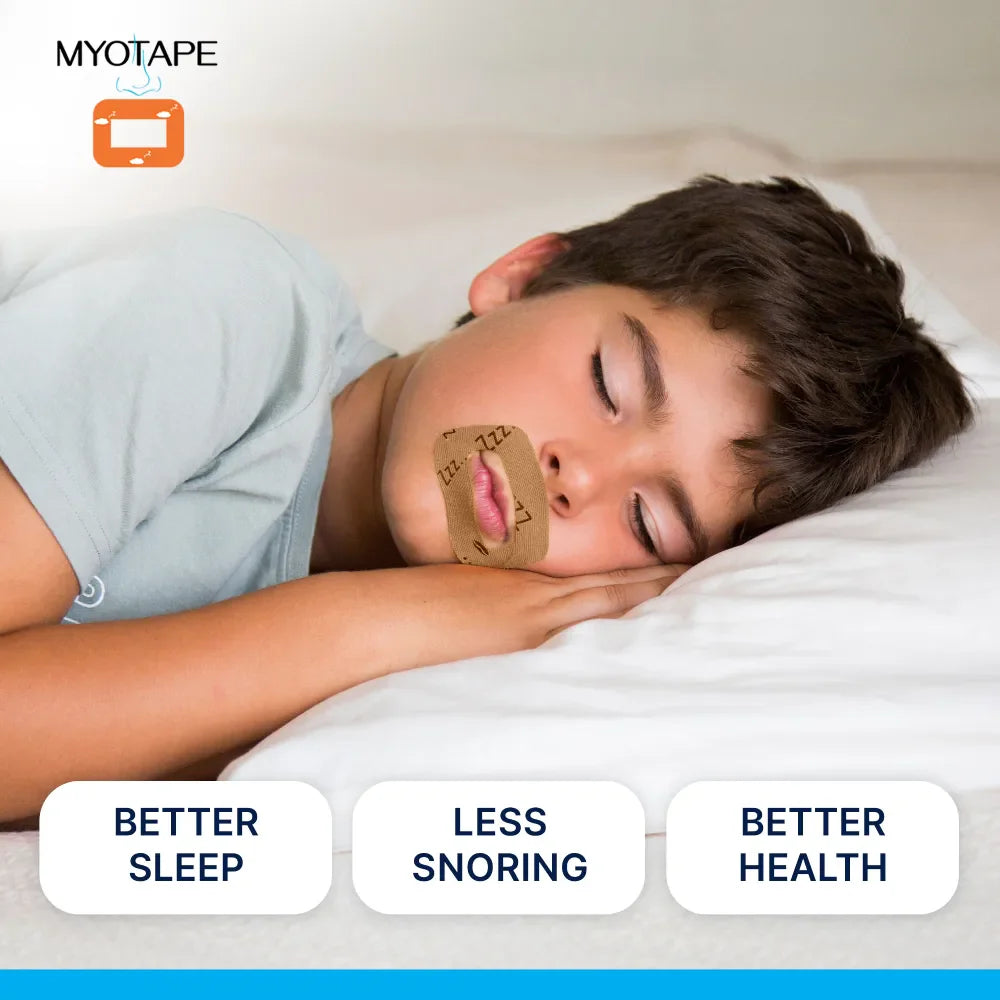
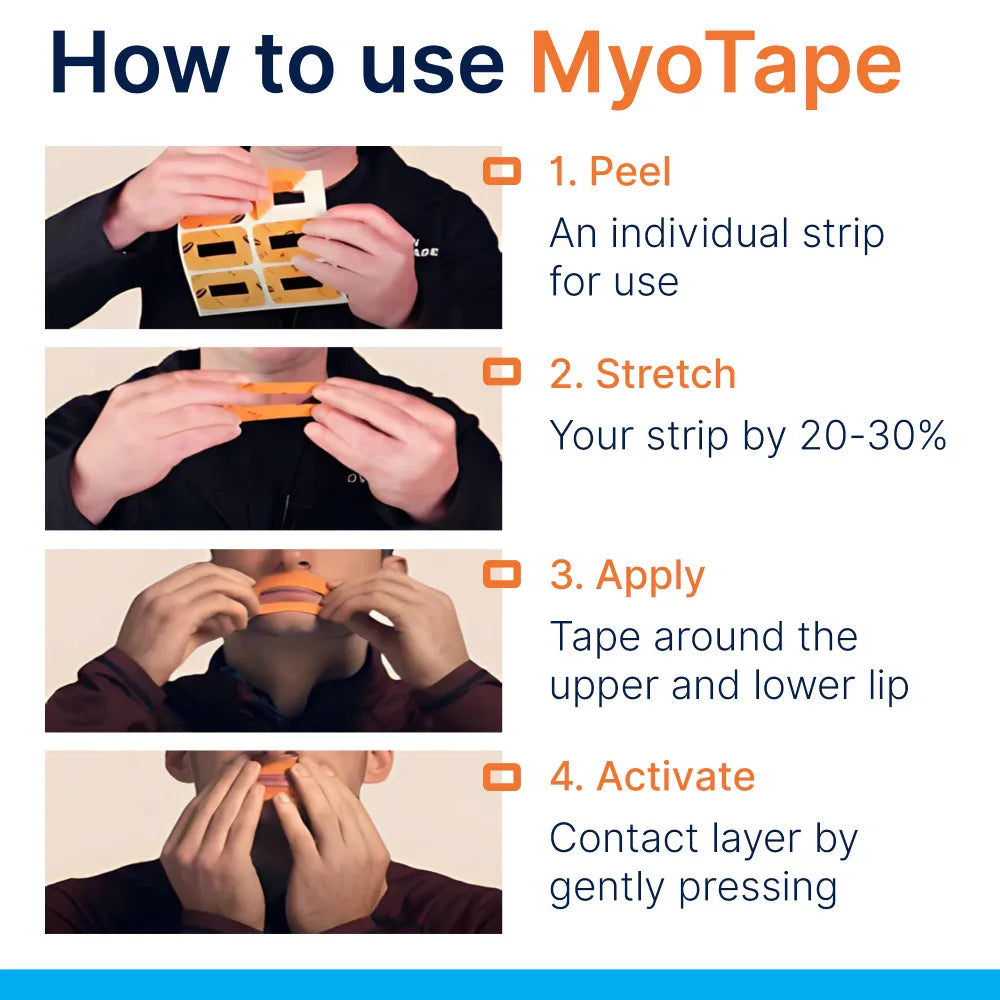
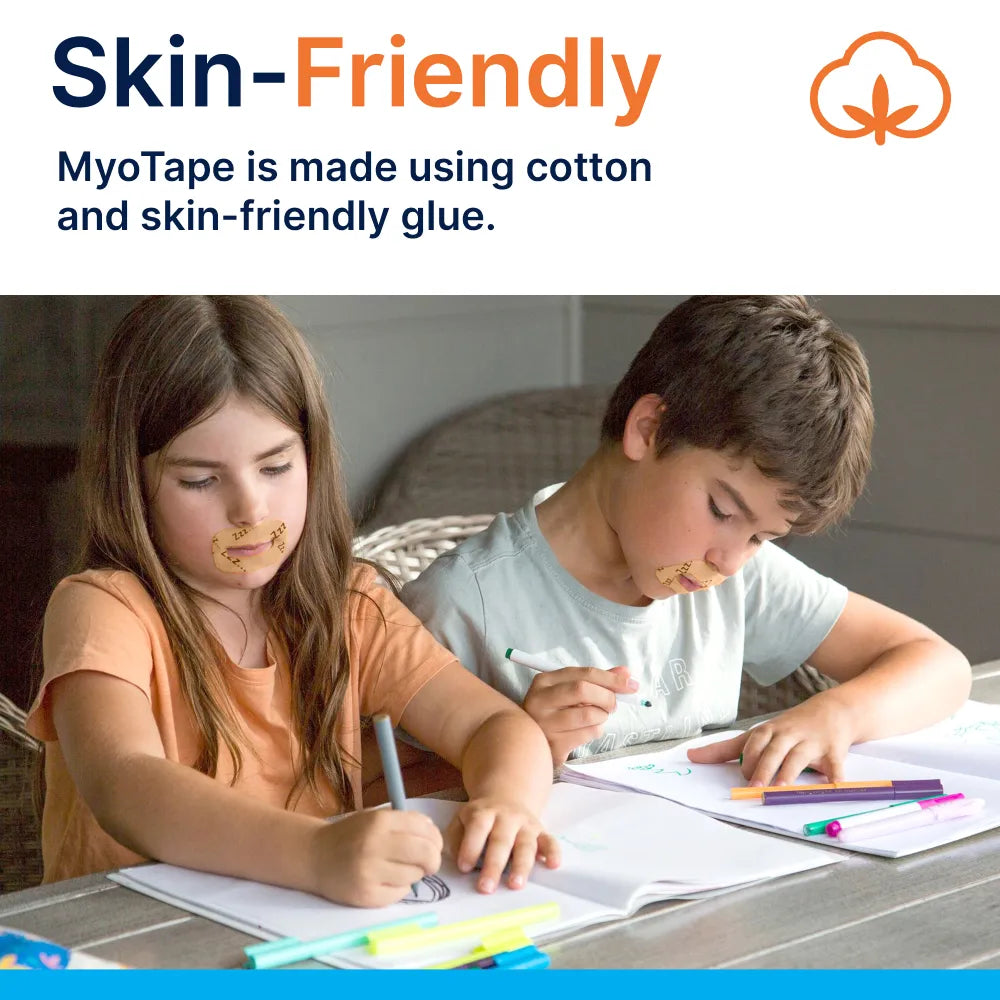










0 comments